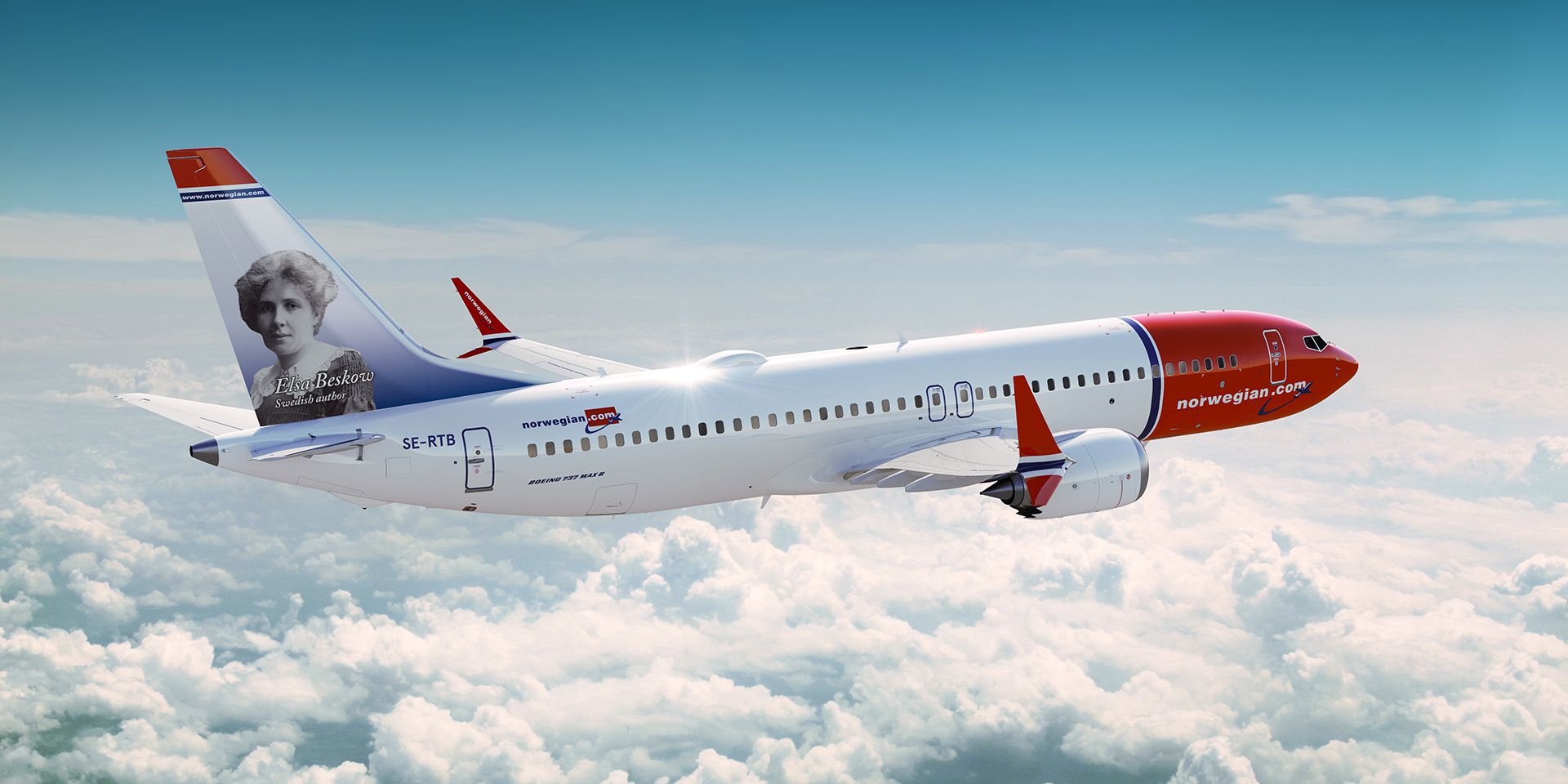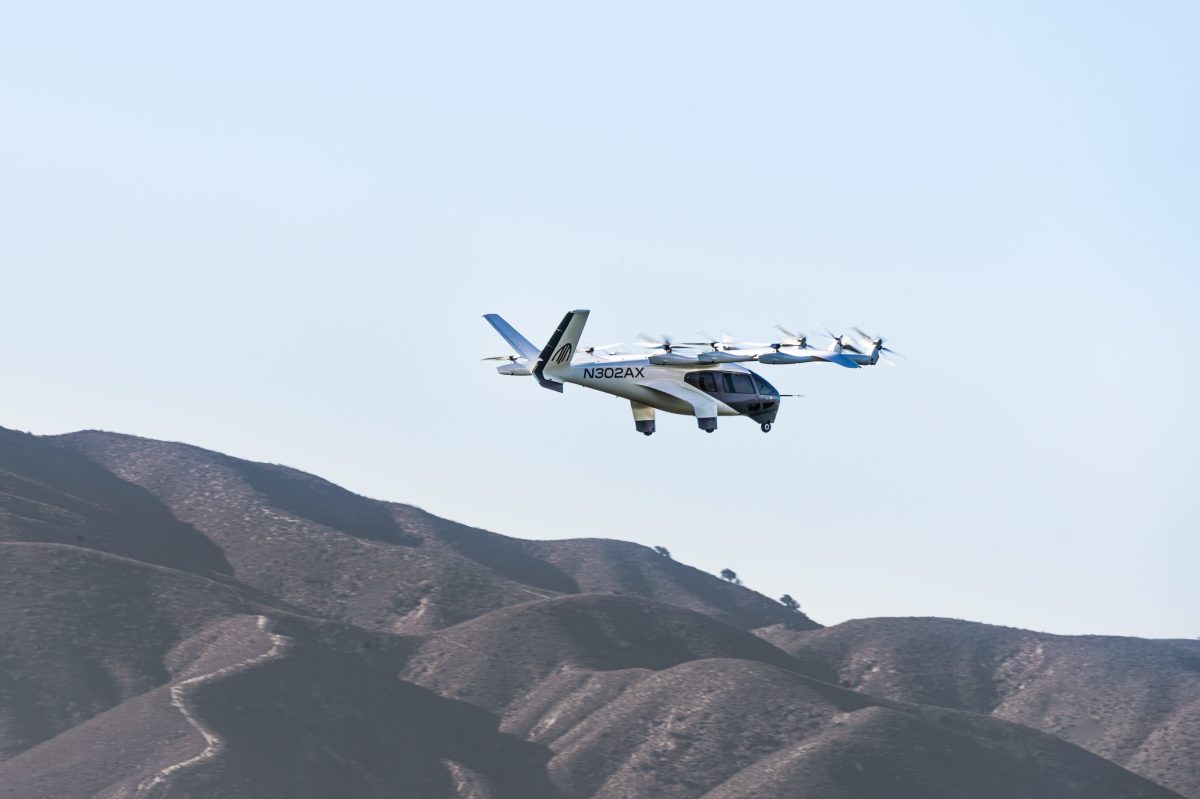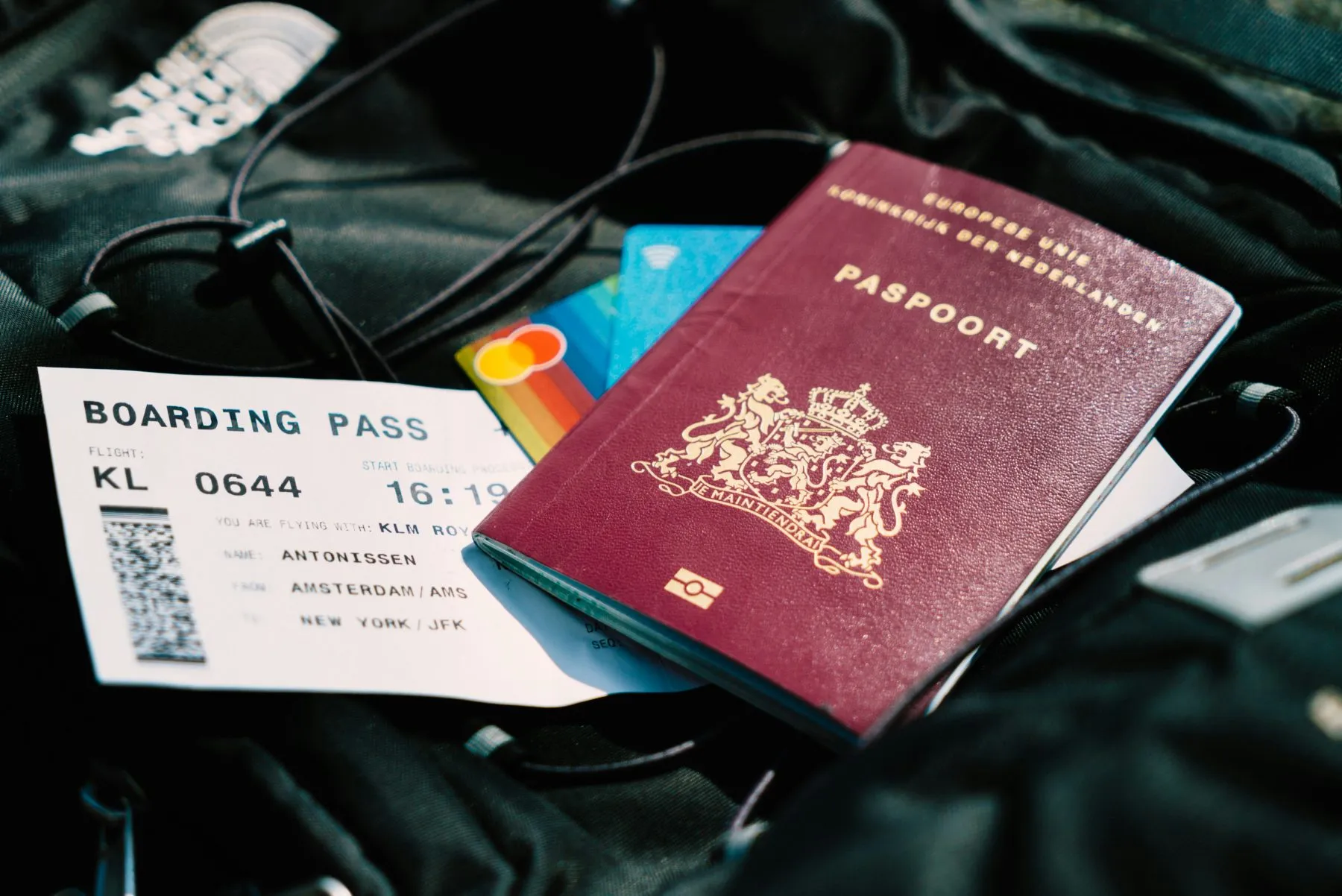Boeing 737 Max Delays Cost Norwegian Air $3.2m in Second Quarter

Skift Take
The largest low-cost airline in Scandinavia has served up a smörgåsbord of financial results. On Friday, the Norwegian Group posted a net profit of 477m NOK ($44.5m) for the second quarter. This is typically one of the strongest periods for European airlines.
While a welcome swing from a loss in the first quarter, it represents a fall from the same time in 2023, when the company posted a net profit of 538m NOK ($50.3m).
There was also mixed news on growth. The budget airline said it expects its capacity to rise 12% this year, based on the total number of ‘seat kilometers’ it puts on sale. However, this trend is set to slow in 2025 due to delays in deliveries of new Boeing 737 Max planes.
Norwegian forecasts that its fleet will reach 90 aircraft by the summer of 2025, up from the current 86. Just a quarter of these are the new-generation Max type, with older and less fuel efficient 737-800s making up the rest.
Norwegian revealed that sourcing external capacity “to counter aircraft delivery delays” cost it NOK 34m ($3.2m) in the second quarter.
The numbers came a week after the Oslo-based airline lowered its full-year 2024 profit estimate.
Rising Business Travel Demand
There was better news on passenger numbers, with a 30% rise. Approximately 7.3 million people traveled with the group during the second quarter, up from 5.6 million a year earlier. Notably, this includes passengers on regional carrier Widerøe, which was acquired by the company earlier this year in a $105m deal. The Easter holiday peak also fell in the first quarter this year, making direct comparisons less straightforward.
Drilling into the passenger mix, Norwegian reported a rise in the number of business travelers using the company. It’s a trend that appears to be by design, rather than by accident.
Speaking to Skift in March, Geir Karlsen confirmed that the airline had identified business traffic as a core part of its wider strategy: “We are taking market share on the corporate side. We’ve been doing this for quite a while but we’re now spending more time on the segment.”
In a part of the world dogged by extreme seasonality, Karlsen said that corporates were particularly attractive to the airline as “these passengers are traveling all 12 months of the year.”
In Friday’s market filing, Norwegian highlighted that business travelers “place an extra high value on strong operational performance.”
The airline pointed to data from aviation analytics firm Cirium that named Norwegian Air as Europe's most on-time airline in May and the third most punctual low-cost carrier globally. The title came despite the carrier’s overall punctuality slipping slightly in the second quarter.
As well as its home market of Norway, the airline is also a major player in connecting Sweden and Denmark with the rest of Europe.
The Wider Outlook Emerges
Norwegian said the group is experiencing “good demand trends across key markets” for the all-important summer season and into the second half of 2024.
However, it acknowledged that traffic figures have "in recent months exhibited some degree [of] softness" with key metrics decreasing compared to last year. It said this was partly due to a "significant capacity increase on longer flights," but added that "current booking trends still remain robust for the months ahead," with air travel still a priority for many consumers.
The Scandinavian company’s results come just a day after U.S. giant Delta posted its quarterly figures. The Atlanta-based firm slightly underperformed, partly due to an oversupply of domestic seats.
Given Delta has consistently been one of the most profitable U.S. airlines and is the first major carrier to report, it sparked fears among analysts that it could signal broader trouble for the sector this summer.
Airlines Sector Stock Index Performance Year-to-Date
What am I looking at? The performance of airline sector stocks within the ST200. The index includes companies publicly traded across global markets including network carriers, low-cost carriers, and other related companies.
The Skift Travel 200 (ST200) combines the financial performance of nearly 200 travel companies worth more than a trillion dollars into a single number. See more airlines sector financial performance.





